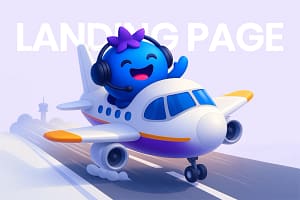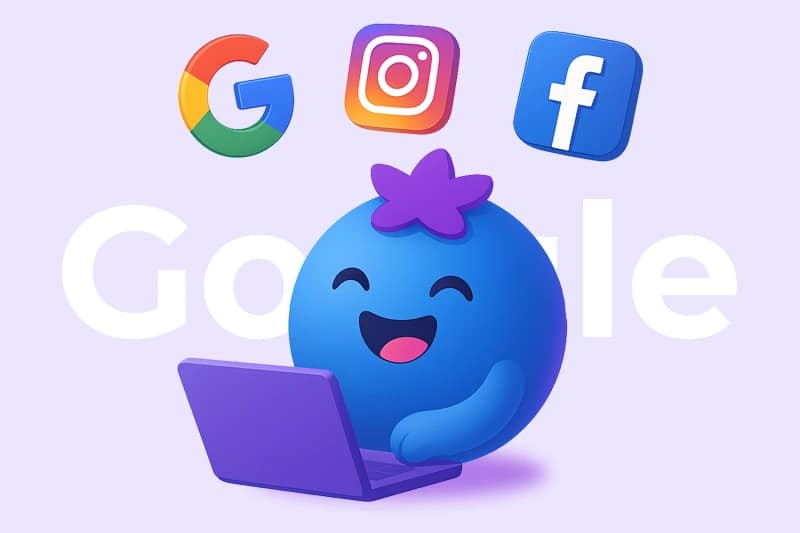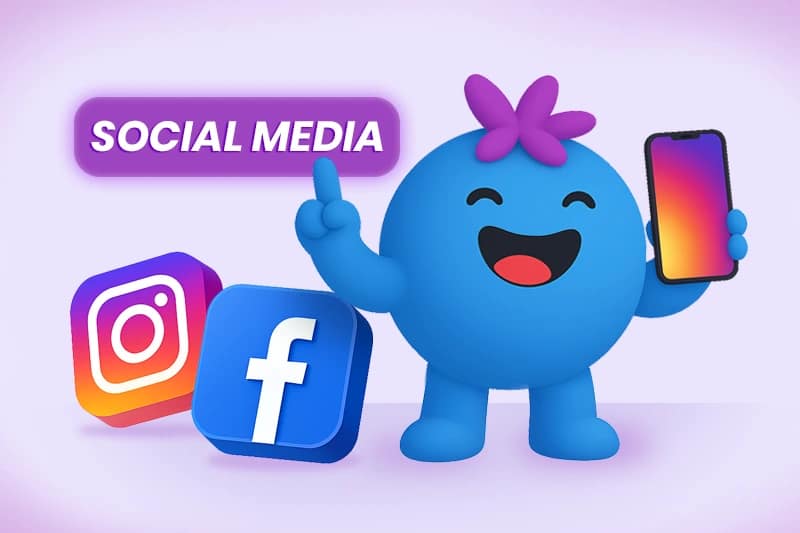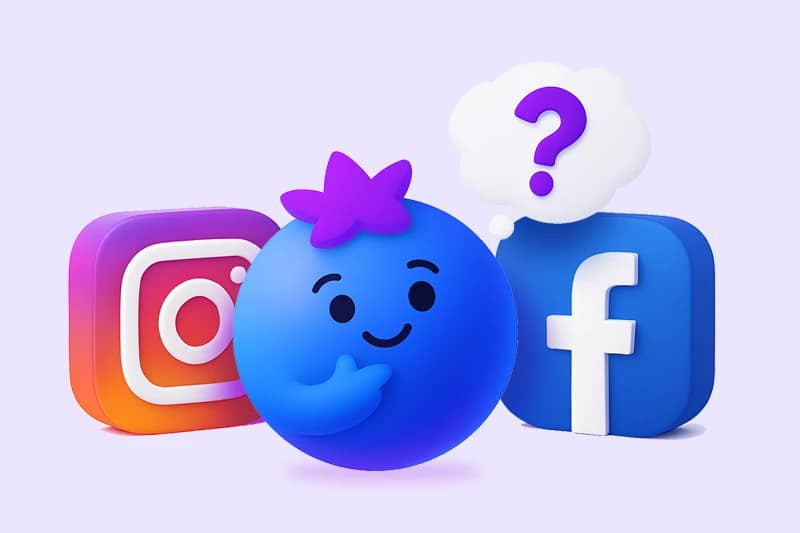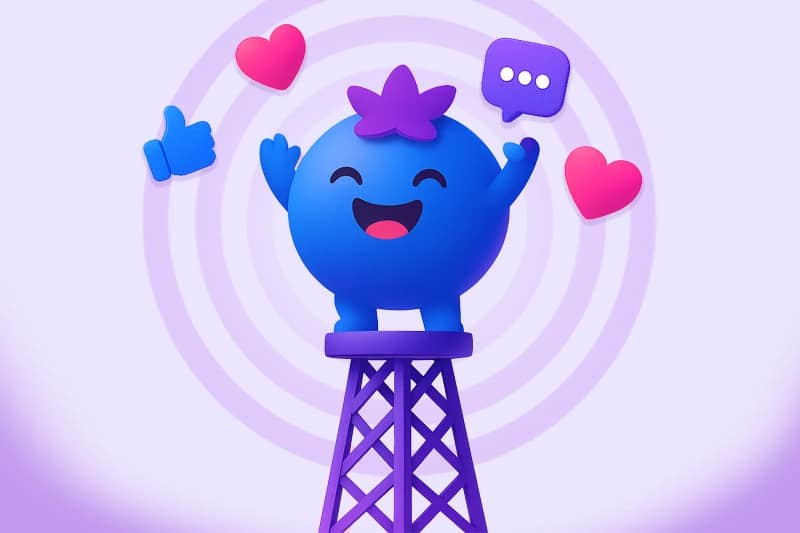A landing page is one of the most powerful tools in modern online marketing — but only if it’s built the right way. If you’ve ever wondered what a landing page really is or how to create a landing page that actually converts, ten artykuł jest dla Ciebie.
At SocialBerry, we design high-converting landing pages for UK businesses every day, and we see one thing clearly: a good landing page doesn’t just “look nice”. It guides the user, removes doubts, builds trust and pushes them toward a single action — buying, booking, signing up or sending an enquiry.
Whether you’re launching ads, promoting a service or trying to increase local leads in Leicester or Coalville, the right landing page can multiply your results without increasing your budget. And in this guide, we’ll show you exactly how to build one that performs — step by step.
What Is a Landing Page? (And Why It Works So Well)
A landing page is a single, goal-focused webpage created to make the user take one specific action — such as requesting a quote, booking a service, downloading a guide or making a purchase. Unlike a normal website that has many links, menus and distractions, a landing page removes everything unnecessary and leads the visitor straight to the result.
The strength of a landing page comes from clarity:
no wandering, no guessing, no clicking around — just one clear message, one offer, one call to action. That’s why well-designed landing pages often convert 3–10× better than standard service pages. A landing page exists for one reason — to turn visitors into customers.
Why Do Businesses Create Landing Pages?
Landing pages exist for one purpose: to convert visitors into customers.
Oto najważniejsze powody — w maksymalnie lekkiej, zwartej liście:
- Higher conversion rates – one page, one offer, one CTA = fewer distractions and more enquiries.
- Perfect for ad campaigns – Google Ads, Facebook Ads and TikTok Ads perform better when clicks go to a goal-focused page.
- Great for lead generation – ideal for bookings, consultations, service enquiries, newsletters or single-service promotions.
- Highly targeted – easy to create versions for different services, audiences or cities (e.g., Web Design Leicester, Web Design Coalville).
- Improves Google Ads Quality Score – better relevance → lower CPC → more conversions
What Makes a High-Converting Landing Page?
| Element | Why It Matters | Best Practices | Example |
|---|---|---|---|
Headline (H1) | Captures attention and explains the offer in seconds. | Clear benefit, simple language, max 8–10 words. | “Grow Your Business With High-Converting Ads” |
Call To Action (CTA) | Directs users to the main goal — sign-up, booking, purchase. | Highly visible, contrasting colour, repeated on the page. | |
Benefits Section | Shows what users gain — not just features. | Bullet points, short sentences, customer-focused language. | “Generate more leads with targeted landing pages.” |
Social Proof | Builds trust through reviews and real results. | Use stars, testimonials, logos of past clients. | “5★ – Trusted by 200+ UK businesses” |
Form | Makes it easy for users to convert quickly. | Keep fields minimal, mobile-friendly design. | Name + Email + CTA |
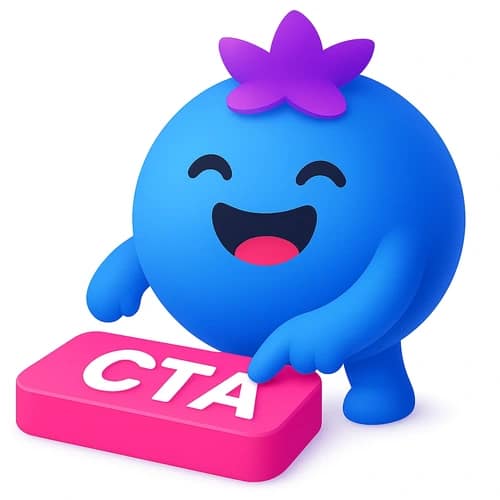
How to Build a Landing Page That Actually Converts
A well-designed landing page can significantly increase conversions without raising your advertising budget.
And you don’t need to be a developer to create one — modern tools allow you to build an effective, professional landing page in just a few hours.
Popular Tools for Creating Landing Pages
1. WordPress + Elementor / Divi
The most flexible and accessible option.
Drag-and-drop builders make it easy to customise your layout, structure sections and optimise the page for conversions.
Ideal for small businesses and anyone who wants full control over their content.
2. Landingi.com
A platform dedicated entirely to landing pages.
It offers ready templates, integrations with email marketing tools, CRM systems and payment providers.
A strong choice if you want simplicity, fast setup and all essential marketing features in one place.
3. Unbounce and Instapage
Premium landing page builders used in larger advertising campaigns.
Provide advanced A/B testing, heatmaps, user behaviour tracking and deep optimisation features.
Recommended for businesses investing larger budgets into paid advertising and conversion rate optimisation.
Key Principles for Designing a High-Converting Landing Page
1. One Goal = One Page
A landing page must focus on a single action.
Whether it’s booking a consultation, collecting emails or selling one service — every section should push the visitor toward that one CTA.
Avoid menus, unnecessary links and anything that distracts from conversion.
2. Mobile-First Layout
Most users browse on mobile, so your landing page must work perfectly on small screens:
- large, easy-to-tap buttons
- short forms (1–2 fields)
- vertical structure without horizontal scrolling
- clear spacing and fast interactions
3. Fast Loading Speed
Slow pages kill conversions. If your landing page loads longer than 3 seconds, most users leave.
How to speed it up:
- compress and convert images to WebP
- use lightweight hosting + CDN (e.g., Cloudflare)
- reduce unnecessary plugins and heavy scripts
Aim for 90+/100 in Google PageSpeed Insights.
4. A/B Testing
A landing page is never “finished”. Continuous testing helps improve results:
- different headlines (value-focused vs benefit-focused)
- CTA button colours and placement
- form length (one field often converts best)
- alternative visuals: image vs video vs hero illustration
5. Sales Psychology
A high-converting landing page speaks to real customer motivations:
- use benefits, not features
(e.g., “Get more clients” instead of “10 video modules”) - add social proof: reviews, case studies, logos
- use urgency: limited spots, countdowns, time-sensitive offers
6. Analytics & Optimisation
Monitor performance from day one:
- track conversions with GA4 or Google Tag Manager
- use heatmaps and session recordings (Hotjar, Microsoft Clarity)
- analyse which elements attract attention and which are ignored
- adjust layout based on behaviour, not guesses
7. Improve Landing Page Experience (Google Ads)
Google evaluates how relevant and useful your landing page is for the user who clicked your ad. Better experience = lower CPC and higher ROI.
More details: https://support.google.com/google-ads/answer/6167118
Common Landing Page Mistakes
Even strong marketing campaigns lose conversions when the landing page contains avoidable errors. The most common issues include:
- Too much text and unnecessary elements that distract from the main goal.
- No clear primary CTA, or multiple competing actions on the same page.
- Forms that are too long or complicated, causing visitors to abandon the process.
- Focusing on features instead of benefits, making the offer less persuasive.
- Poor mobile layout, where buttons, spacing or text become hard to use on small screens.
Essential Elements of a Successful Landing Page Design
A high-performing landing page isn’t built by accident — it’s the result of a few key elements working together. Each section of your page should guide the visitor toward a single goal while removing anything that distracts them. The most effective landing pages share the following characteristics:
• A clear headline (H1)
Explains the offer instantly and tells the visitor exactly what they’ll get.
• Simple, focused layout
No menu, no unnecessary links — just one message and one action to take.
• Strong call-to-action (CTA)
Visible, repeated and written in action-driven language. The CTA needs to stand out visually and logically lead from the content.
• Benefit-driven copy
Instead of listing features, landing pages highlight what the user gains — speed, convenience, savings or results.
• Social proof
Reviews, testimonials or client logos help build trust and reduce hesitation before converting.
• Mobile-first structure
Most users arrive from phones, so spacing, buttons and forms must be built primarily for mobile experience.
• Fast loading speed
Lightweight images, optimised scripts and clean code — these give better performance and higher conversion rates.
Landing Page vs Website – What’s the Difference and Which One Do You Need?
A landing page and a full website may look similar at first glance, but they serve very different purposes. A landing page is a single, highly focused page designed to drive one specific action — a sign-up, a booking, a purchase or an enquiry. Everything on the page exists to support that goal, without distractions, menus or competing links. This is why landing pages perform exceptionally well in Google Ads, Meta Ads and TikTok campaigns, where every click needs to convert as efficiently as possible.
A website, on the other hand, is a multi-page structure created to present your brand in a broader way. It helps users learn about your services, explore your portfolio, read your blog and understand who you are. A full website is essential for SEO, long-term credibility and organic traffic, but it isn’t always the best destination for a paid advertising campaign — there’s simply too much happening, which can pull attention away from the main action you want users to take.
In practice, the choice depends on your goal. If you need fast conversions with minimal friction, a landing page will outperform a traditional site every time. But if you want long-term visibility, authority and a strong online presence, a full website is the foundation your business needs.
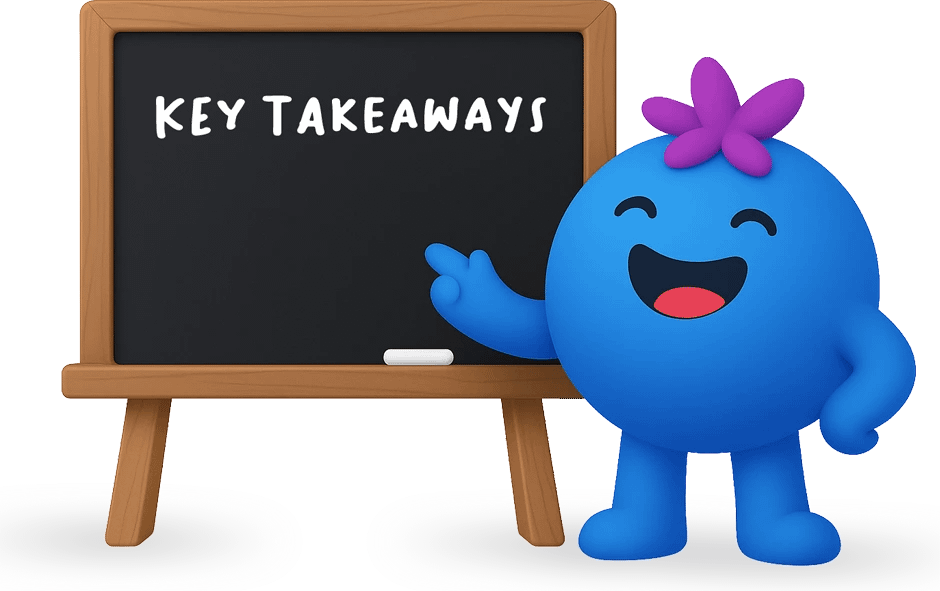
Summary
A high-performing landing page can dramatically increase conversions, but it works best when it’s part of a wider digital strategy. If your goal is quick results from paid campaigns, a landing page gives you full control over the message and user behaviour. But for long-term visibility, trust and strong Google UK rankings, a full business website remains essential.
Most companies see the best results by combining both: targeted landing pages for ads and a professional website that builds credibility and supports long-term SEO. If you’re looking for a site designed for performance and local visibility, explore our Web Design services and choose a solution tailored to your business.
Don’t Be Green When It Comes to Landing Pages


